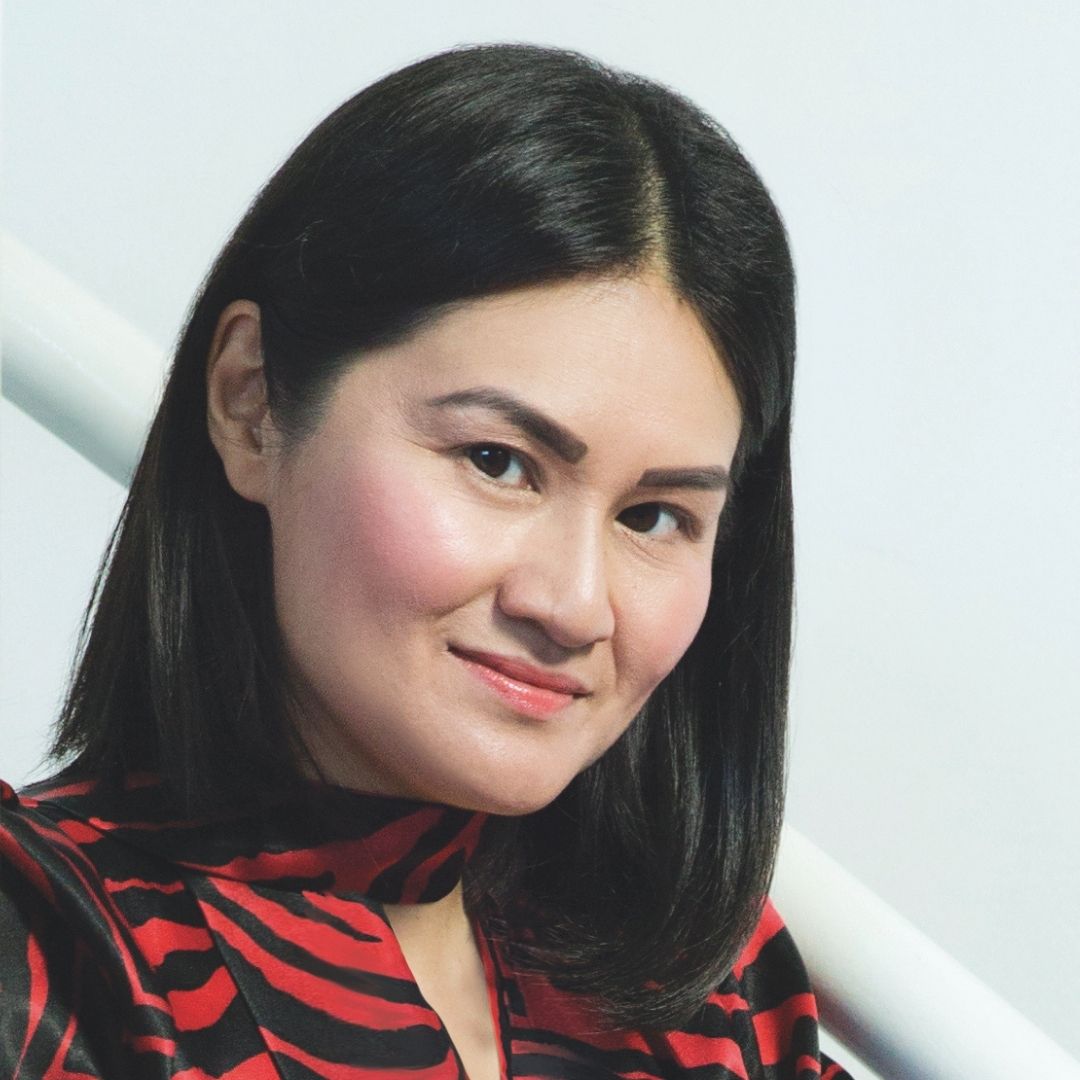My most treasured fragrance memory is a borrowed one. My father’s favourite smell is lemongrass because my grandmother used to wash her hair with it in the lush jungle of Singapore where he grew up. He recalls this scene with such childlike joy and devotion that now every waft of lemongrass reminds me of a much-loved woman I never met, and conjures an image of a time-honoured bathing ritual I never witnessed.
Perhaps it’s because my most precious scent memory isn’t a lived experience that I struggle with forging a meaningful relationship with scent myself. I’ve always had an inescapable notion that fragrance is a world from which I’m excluded, and a suspicion that the reason is somehow cultural, historical, ancestral, physiological and even geographical, yet had never allowed myself the luxury of time and the self-indulgence – ironically, both commodities I also associate with perfume – to explore further.
My search for this truth became an eclectic world tour which began in the boardrooms of New York, and ended in the islands of Okinawa, via the green pastures of England and the art museums of The Hague in conversations spanning centuries, borders, boundaries, the origins of perfumery, the sensory history of art, and the future of fragrance tech.
What I know for certain is that I’m a third-generation adventurer, the granddaughter of Chinese immigrants in Singapore whose parents moved to London in the free-spirited ’60s following a Silk Road of their own, which has afforded me the freedom and fearlessness to build my own dreams amid the desert dunes of the Middle East. And, more importantly, the curiosity to seek to make sense of the journey.

NATURE VS NURTURE
According to Olivia Jezler, the CEO of Future of Smell – a New York-based innovation consulting agency that uses emerging technologies to create future scenarios which will impact the way we use, purchase and experience scent – “Enjoying scent is learned. If there’s food associated with fun, we will automatically be programmed to have positive associations with those flavours,” says Jezler. “It’s similar to scent. It’s a process of learning and what you’re exposed to in your surroundings growing up – a really comforting scent memory for you from childhood and whether your mother wears perfume point me towards your first interactions and associations with fragrance and smells.”
Indeed, it was discovering this mother-child bond that inspired Japanese olfactory artist Maki Ueda to start her sensory journey. “I observed my baby’s development and realised how much of our communication relied on smell,” Ueda says. “I smelt him, he smelt me, and we could find each other quickly. Our most primitive sense plays a big part of our behaviour, but it’s been totally forgotten. I thought it was interesting to give a meaning to what we have forgotten. And that’s the moment I started searching for olfaction.”
James Craven – perfume archivist at specialist London perfumery Les Senteurs – agrees. “Of all our senses, smell is the only one which we have complete and totally functioning from the moment of birth because it is essentially the one that protects us and feeds us. It’s our most basic sense,” he says. “We use it to find nourishment, to perpetuate our species and to avoid danger. This said, too many of us ignore the sense of smell entirely. I was very, very lucky to have had parents who found smells interesting, important and rewarding. They talked about them: they encouraged their children to smell everything, and to discuss how we felt about scents of all kinds. The sooner we all get going with our noses the better: no one is too young to smell. Nor too old – except that with age, our senses start to diminish. Smells are so varied and so fascinating. The sooner you start the better. Miss nothing!”
Building a compelling case for nature over nurture, Craven is convinced that, “one way or another, we inherit our sense of smell. Perfumers seem to run in families so I think there’s a genetic disposition,” he observes. “But also, if a child is born into a sympathetic olfactory ambience, the upbringing is going to be as important as the biological wiring.” However, there is hope for me yet. “We can all learn to smell – and that’s a vital part of a professional perfumer’s training,” Craven adds.
Enter The Perfume Society’s Senior Writer and British fragrance expert, Suzy Nightingale, with a mini masterclass. “At The Perfume Society we ask people to spend a few minutes every day smelling a fragrance, then jotting down the very first words that come to mind,” says Nightingale. “Try not to be too literal. You’re not trying to identify the ingredients here – just as you wouldn’t judge a painting by naming the colours – but rather trying to connect an emotion or picture that comes to mind as you smell.”
Nightingale concedes, “This can be difficult at first – smell has no language of its own, so we borrow associations from texture, temperature, taste, sound and vision. Ask yourself questions like: if this was a fabric, would it be velvety, crisp linen, soft cotton, smooth suede? Imagine the fragrance as music. Would it be high-pitched or low? What instrument would it be played on, and is it classical, rock, pop or something else? Where in the world would you be wearing this, and who are you with? Think of the air temperature and the view you might see.”
“These may seem esoteric,” she admits, “but this is how many perfumers train: they learn to associate smell with very personal associations. Furthermore, you can actually strengthen and rebuild neural pathways from your nose to your brain. The more often you smell, and take time to consider what it’s making you feel, the more adept you’ll become at plugging directly into your scent memories and feelings connected with fragrances you wear. It’s like suddenly discovering you have a superpower, which our sense of smell truly is.”
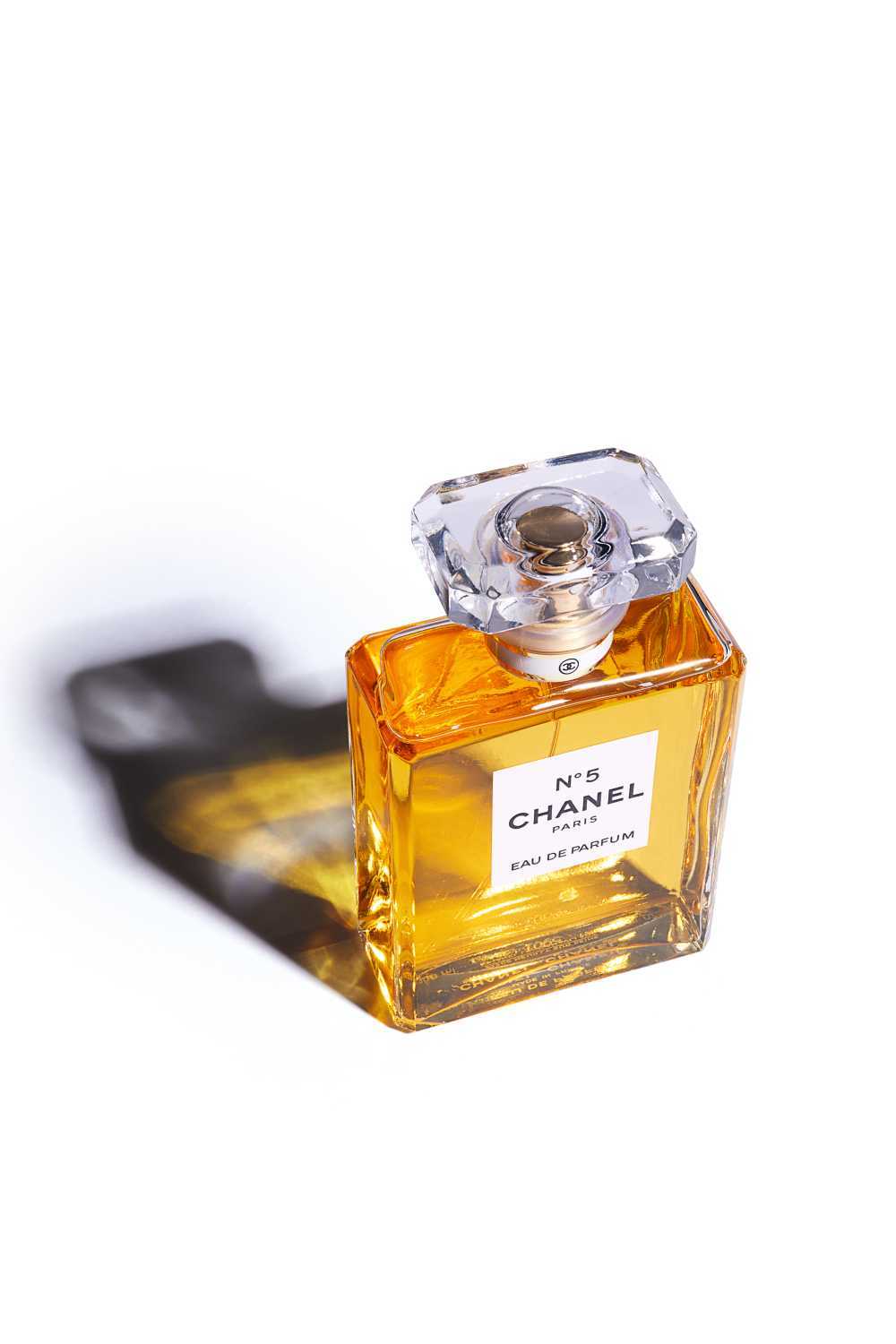
THE ORIGINS OF SCENT
“Smell is not just perfume,” insists Dutch Sensory Art Historian, Caro Verbeek – the newly appointed curator of the Mondrian & De Stijl permanent exhibition at Kunstmuseum Den Haag in the Netherlands. “It plays such an important role in spirituality, religion, medicine and social hierarchies.” In her TEDx Talk: The Historical Significance of Smell, Verbeek explains the word perfume comes from the Latin word per fumum meaning ‘through smoke’. “What is now a liquid in a bottle mostly meant for aesthetics, actually existed in ancient religious practices – and wasn’t liquid, but smoke. Burning fragrant resins, such as frankincense and myrrh was considered a prayer to divine beings, it was thought to be the language of the gods. Smell was not just a manifestation of health, but also of divine presence. Health and religion were not disconnected, they were fully intertwined.”
“Historically, perfume was used as medicine. There were health benefits – it was considered a tonic to make you feel good and ward away viruses – lavender was used to heal wounds, cloves and cinnamon were known to destroy viruses and bacteria,” Jezler adds.
Sharing an insight that may surprise even the most ardent of aficionados, Verbeek reveals, “We now think of Grasse in France as the cradle of perfumery but there are English and Italian roots as well that we often forget about.” This was due to lavender being grown and distilled in Mitcham in Surrey from the 1500s, and in the same century, the perfume the Queen of France Catherine de’ Medici had blended for her by a Florentine pharmacy before she took the throne. “It was called Acqua della Regina – the Queen’s Water, and that was the predecessor of what we now know as Eau de Cologne,” Verbeek explains. “Eau de Cologne is actually a highly Italian perfume. It contains citric notes and rosemary, and was actually considered medicinal to protect yourself from diseases, but also to lift your spirits – it was rubbed on the temples to relieve headaches, it was used for women in labour to relieve pain.”
In Greek antiquity, the teachings of Hippocrates – who’s regarded as the founder of modern medicine – encouraged the sniffing out of illnesses, “Until the 19th century at least, doctors diagnosed patients through all their senses including sense of smell – in fact, bad smells were thought to be the cause of pandemics, of the spread of diseases, which makes sense – where do diseases spread?” asks Verbeek. “In unhygienic circumstances. Open sewers, where the water is polluted, are also often the sources of infection, the epicentres of the outbreak of disease. As long as you get rid of the bad smells, it was believed circumstances become more hygienic.”
The shift came in the 1860s when French chemist and microbiologist Louis Pasteur – who incidentally we also have to thank for inventing the first human vaccine – established the relationship between germs and disease. “So fragrance knows its history, not in aesthetics but in medicine, because the bad smells were fought with perfumes,” confirms Verbeek.
The prohibitive cost and rarity – coupled with the fact that fragrance was considered the domain of royalty and divinity – priced perfume out of the reach of most, creating a class divide based on smells. The democratisation of fragrance only arrived with the dawn of industrialisation. The mass production of perfume and the introduction of synthetic molecules made perfume accessible. “By the 19th century, there were so many molecules being produced that were so much cheaper than real rose and jasmine,” says Verbeek. “And rather than bringing your own perfume bottle to the pharmacy to be filled, for the first time they were sold in prêt-à-porter bottles.”
French perfumer François Coty was essential in these developments. “Thanks to François Coty, everyone could wear perfume,” Verbeek continues. “He became a multi-millionaire during the First World War because he made perfume affordable. He bought huge supplies from Grasse and blended them in a way that was revolutionary. Perfumes in the 19th century were traditionally very modest, very floral but Coty mixed ingredients in such a way that almost clashed.”
“So just like painting – Kandinsky and the Expressionists and the Futurists – it was exciting, it was dynamic, it was colourful, it was expressive,” continues Verbeek, drawing parallels to the art movements of the time. “That’s what Coty did in perfumery. Modern women all wanted to smell like that and they could afford it.”

EAST VS WEST
In the East, the culture of incense far supersedes the history of perfumery. “The first fragrance arrived in Japan together with Buddhism 1,500 years ago. The craftsmanship of the incense masters – known as a Kōju – is handed down through the generations, like family secrets, with many hidden details,” reveals Ueda. “From a professional point of view, incense is more an indirect way of smelling. When it’s lit, it emits an aroma but, of course, it’s diffused in the space and then I smell that diffused scent. That means that the scent is very subtle, and it’s very difficult to identify which brand it came from. And if someone comes in wearing a very strong cologne, of course it disturbs that very subtle scent of the space.”
In the realm of religion, Ueda explains, “In Shinto, smell is gifted from above, from nature, that we are allowed to use for our pleasure. About a thousand years ago, the aristocracy developed a game called Kōdō, which is a memory game with smell. People weren’t using fragrance for the experience, but just for amusement, or just for fun.”
“Today, very few Japanese people wear fragrance. In Japan, we respect the common space between you and me,” continues Ueda. “And if I wear a fragrance, it means that I’m pushing my perfume onto the people around me, I’m stating, ‘This is my domain.’ In the Japanese society, we don’t like that. We have to respect each other.”
It’s this space in between that Ueda occupies with her art. “I like observing my olfaction and that becomes the trigger for creating artwork. My work is about olfaction and not about smell, so in order to share that experience with my audience, I create installations in the form of an environment where they can navigate themselves freely in the space, find out about their own olfaction, and use their sense of smell in different ways.”

Another point of difference between the East and West dates back to the notions around body odour. “Up until the 19th century, there was this huge class division based on smells. Among farmers, the smell of sweat had been considered a sign of health and labour,” says Verbeek.
“There was a huge shift in ideas about smell in the 19th century,” she continues. “The bourgeoisie, the higher classes, no longer perfumed themselves so heavily, they began to deodorise instead, and that becomes a sign of elitism. Then the lower classes were distinguished by their scent because they smelled stronger – and in their eyes – uncivilised. At the beginning of the 20th century, the taboo about body odour among all classes, not just the higher classes, became omnipresent, and very much masterminded by the industry for commercial purposes.” However, as Ueda declares, “In Japan, we don’t use smell as a deodorant, we deodorise ourselves by taking baths every day, we don’t use fragrance for that.”
In contrast, China boasts a rich fragrance culture entwined with Taoism, with its roots both in medicine, and in the Imperial Courts, immortalised in literature, poetry and even the wisdom of Confucius. However, in 1966, as a pillar of the Cultural Revolution that would last ten years, Mao Zedong, the founder of the People’s Republic of China and chairman of the Communist Party, purged the country of all cultural, capitalist, intellectual, and traditional practices, including perfume which was considered a symbol of Western femininity, leaving an imprint on our mothers and grandmothers that’s rarely discussed. This discovery, that my ambivalence to aromas could be generational trauma, is both a revelation and a relief. My struggle is real.

Meanwhile, in 1977, Yves Saint Laurent released Opium, a perfume of dizzying complexity and dazzling insensitivity inspired by China, with top notes of cloves, pepper, coriander, West Indian bay, plum, jasmine, mandarin orange, bergamot and citruses; heart notes of carnation, cinnamon, sandalwood, patchouli, orris root, rose, peach and lily-of-the-valley; and base notes including incense, myrrh, sandalwood, tolu balsam, amber, opoponax, vanilla, musk, cedar, vetiver and coconut. “It’s a very typical Oriental perfume which was launched in the ’70s and ’80s,” Ueda observes. “I think it’s influenced by flower power, the hippy movement and Orientalism.”
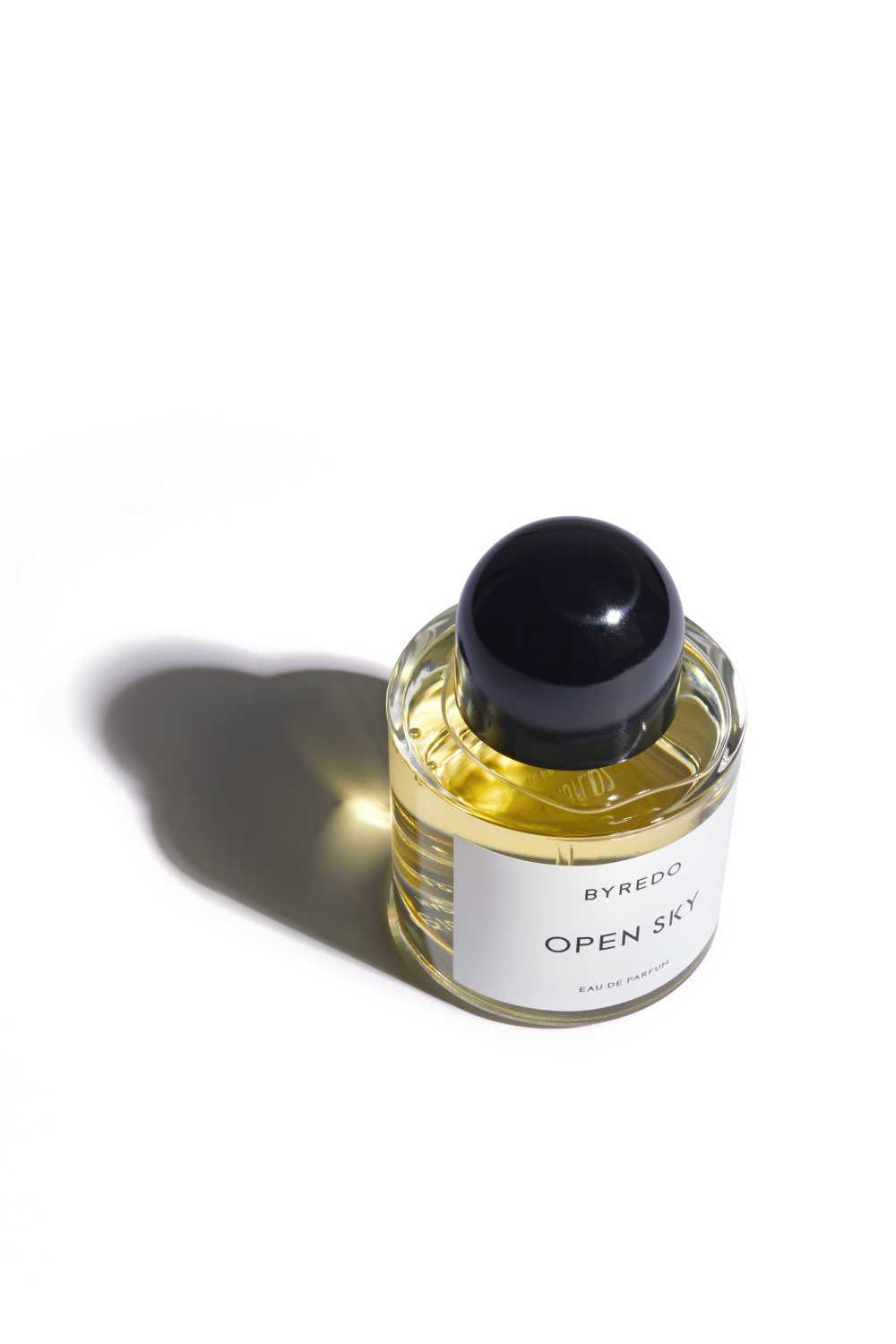
In 1989, Guerlain’s Samsara followed composing of top notes of ylang-ylang, peach, bergamot, lemon; heart notes of iris, jasmine, narcissus, orris root, rose and violet; and base notes of sandalwood, vanilla, iris, amber, tonka bean and musk, accompanied by a TV ad with a Madame Butterfly-inspired pseudo-operatic soundtrack. For perspective, Ueda notes, “Japanese people think these are Western perfumes.”
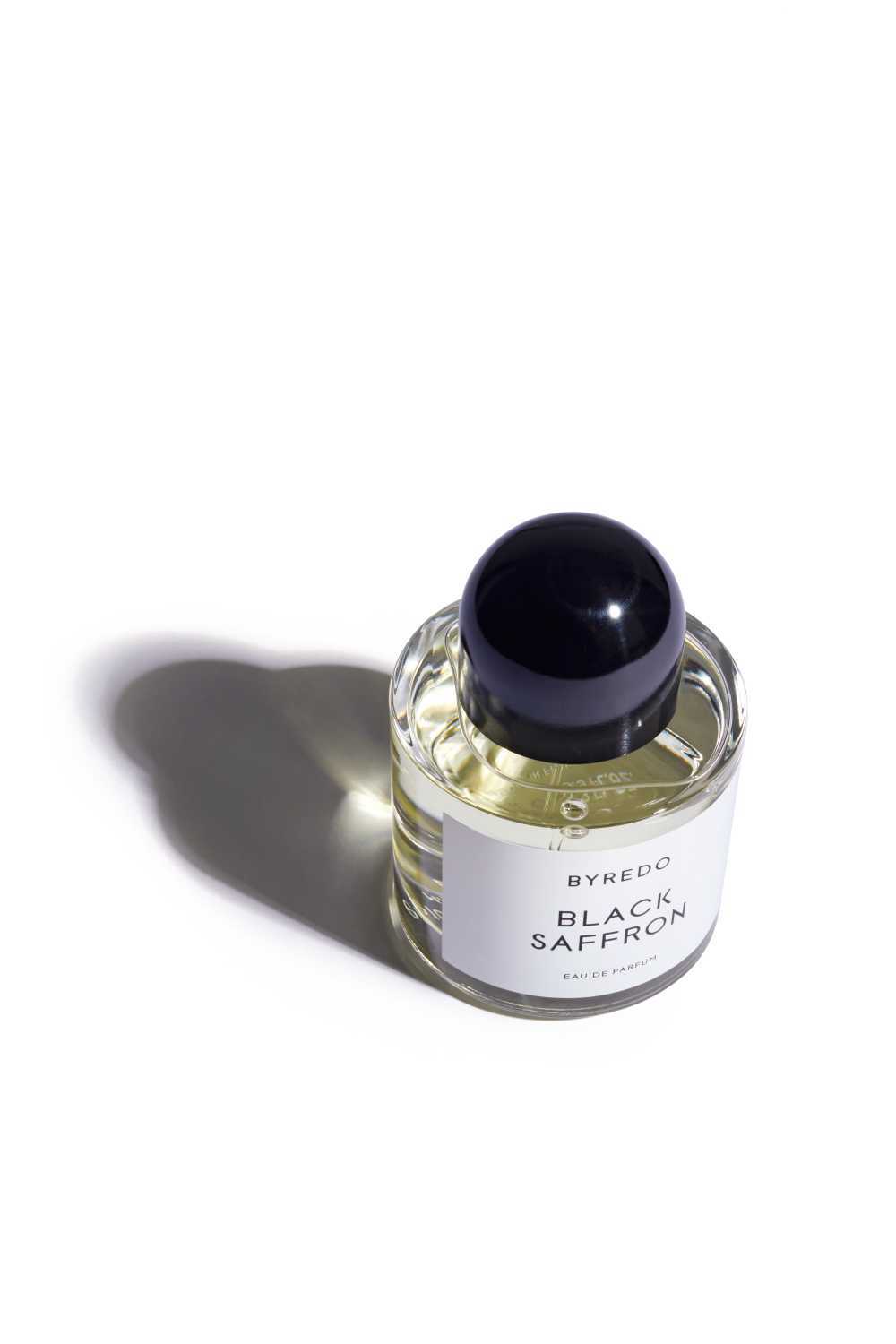
Perhaps I’m yearning for the purity and simplicity of the scent of fresh lemongrass in the jungle, because I grew up with fetishisation and commercialisation of Far-Eastern fragrance culture presented as beauty ideals which were not only considered problematic at the time (Chinese-Americans demanded an apology from Yves Saint Laurent in 1977 for launching Opium) but would be condemned as cultural appropriation today.
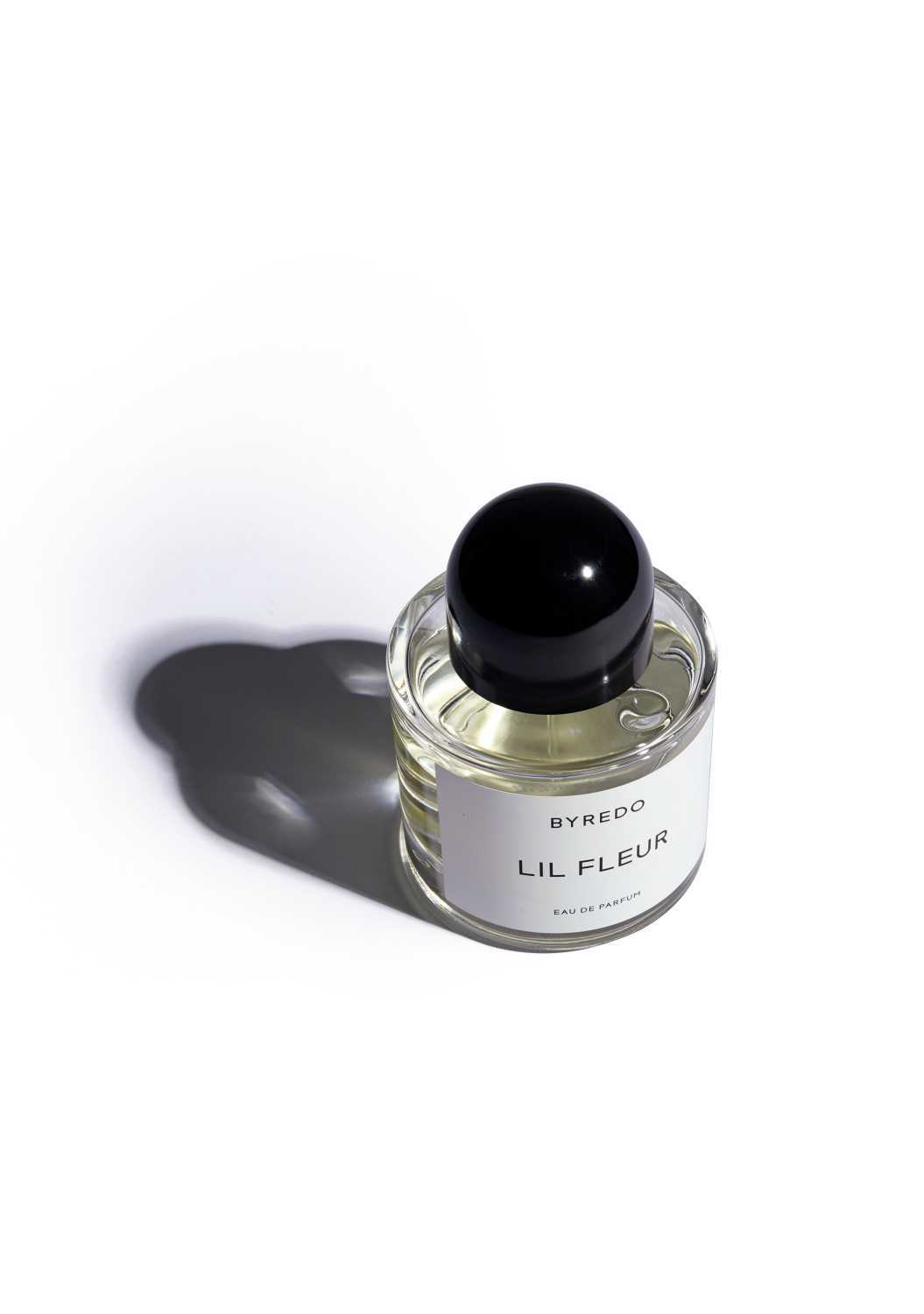
THE PURPOSE OF PERFUME
The purpose of perfume varies depending on who you ask. For Craven, it’s a poem in itself serving “above all to enhance our sense of well-being and the perception of our own individuality, to expand our emotions, our imaginations and to transport us to other worlds, to excite, soothe and scintillate,” he effuses.
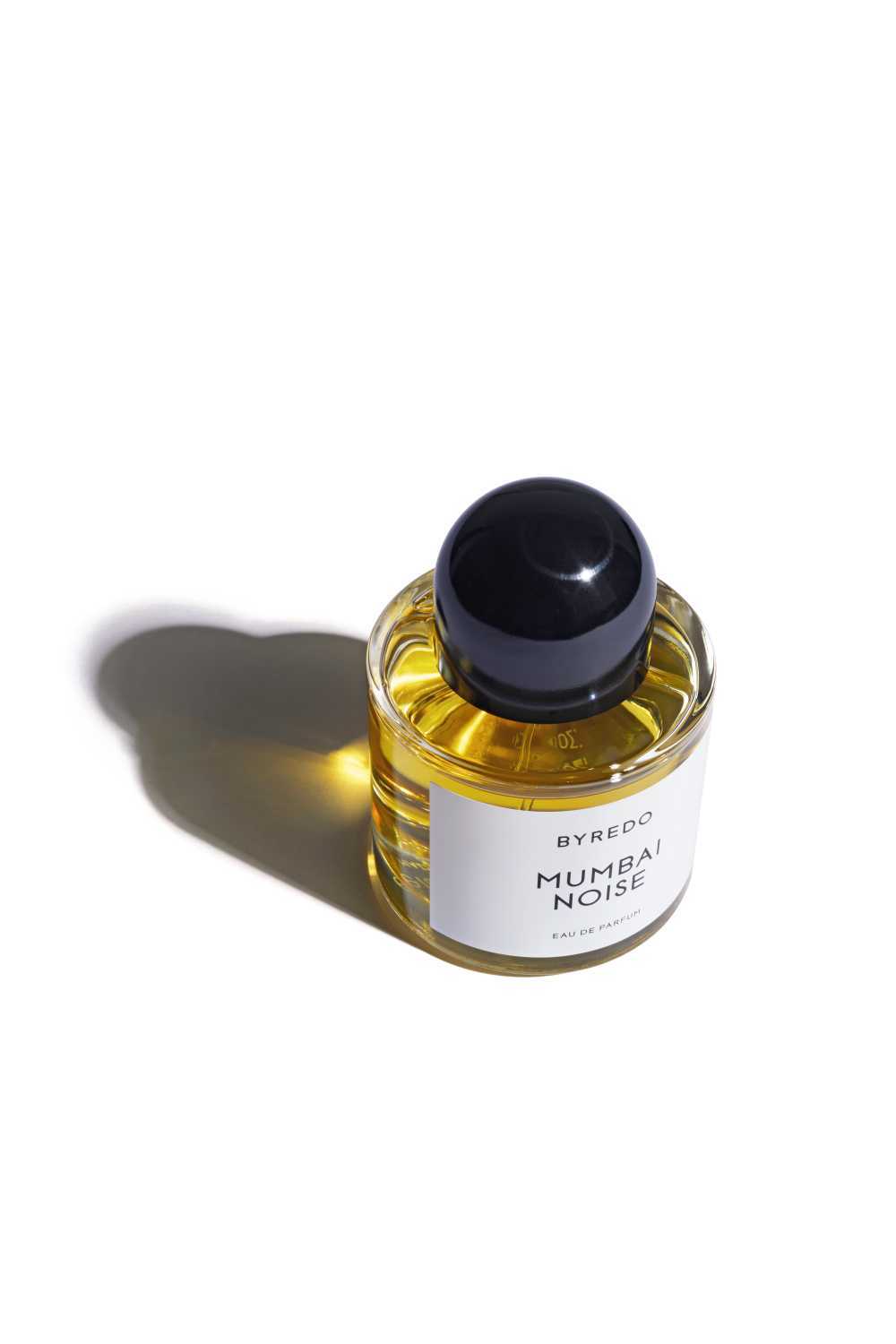
As far as Nightingale’s concerned, it’s a personal decision. “You first of all need to take a deep dive into what you’re looking for in a fragrance. Is it to make you feel uplifted? Nostalgic? Comforted? Invincible? More like ‘you’ or to borrow a scented disguise for a few hours? Perhaps these requirements change depending on how you feel that day, or what you’re doing?”
For Jezler, there’s a metaphysical quality to its existence. “Today, for me, it’s adornment and a means of self-expression – like jewellery but also increasingly is being used for self-care. What we have with fragrance is it’s a much deeper and a more emotional extension of ourselves that can influence others and also influence ourselves,” she says.
My entire career is built on understanding the impact our fashion choices have on the world, but I had never ascribed the same power to perfume. “It’s similar to clothing,” Jezler muses. “But I feel it’s so much deeper and more nuanced so you have to pay attention. It’s a listening process. You actually have a moment with a person when you’re smelling and experiencing a scent that they have chosen to put on to express themselves beyond their physical body. It also leaves trails. You can smell something even when a person has gone, so the purpose being a form of extension of ourselves in the world.” An idea that transforms the role of fragrance from a frippery into an expression of humanity and a conduit that helps you form connections in the real world? Now you have my attention.
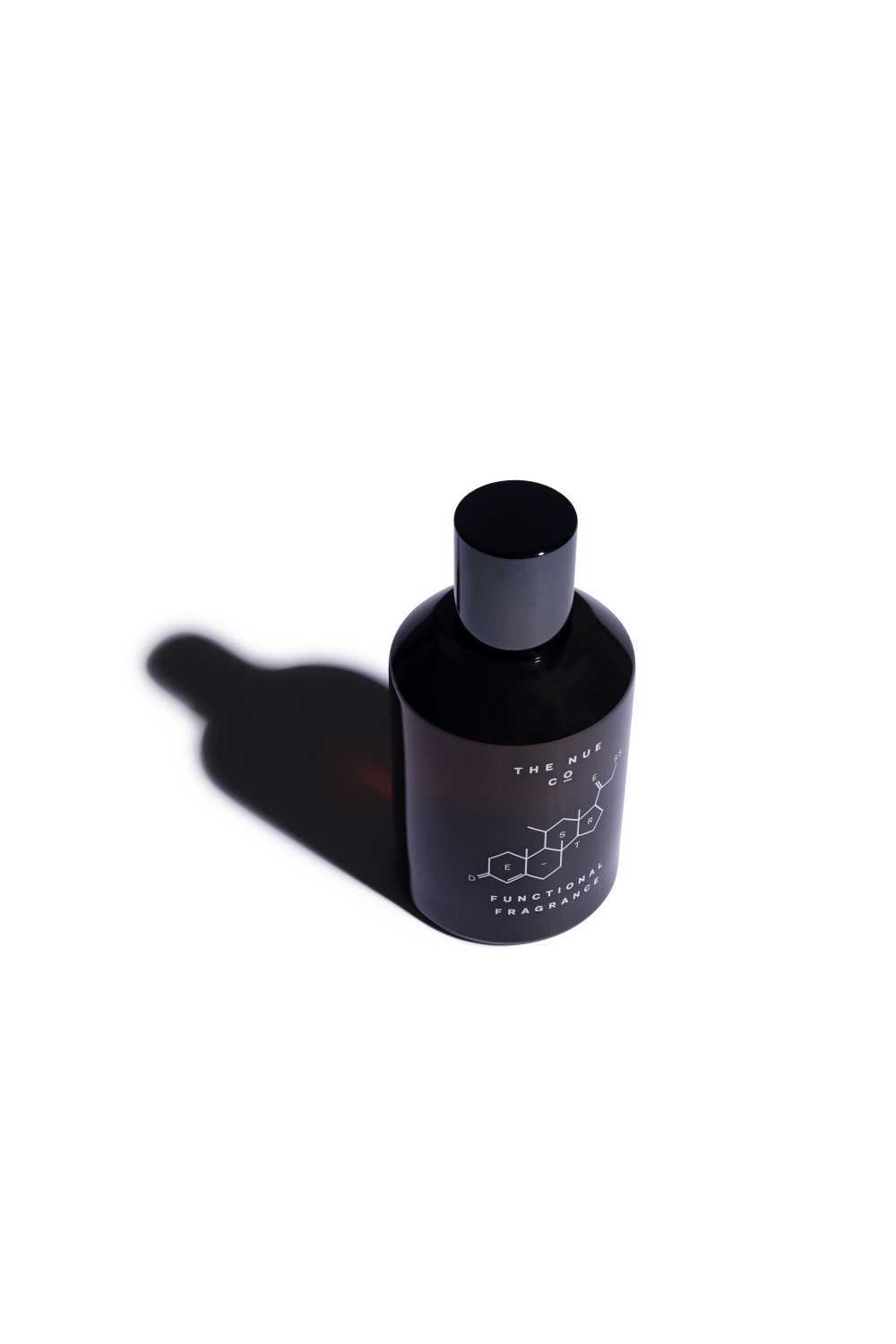
MESSAGE IN A BOTTLE
“Perfume is an escape; an addiction; a substitute. The desire to purchase a magic spell lies behind many people’s quest; a talisman; a love potion; a bottled genie to solve all problems,” observes Craven, distilling the matter to what he believes is its absolute essence.
As an experiment, I reacquaint myself with all the long-forgotten fragrances I’d discarded to search for similarities. Time and time again, the results revealed a penchant for bergamot, lemon, and mandarin orange with sprinklings of cedar and patchouli, presented in either maximal, imperious, self-aggrandising weighty gold flacons or minimal, anonymous, unassuming apothecary-inspired bottles. I gleefully conclude that these conflicting profiles play into the duality of my performing introvert personality, but Jezler disagrees. “The problem is we get so distracted by the bottle and the brand,” she says with a sigh. “Who cares about the bottle and the brand? We have unfortunately adapted to the world in this way, we give more value to what we see than what we hear, and what we taste and smell. A beautiful plate of food will make us think the food tastes better. We do the same with fragrance.”
Yet, can you really separate the branding and design away from the experience? “Which experience?” Jezler questions. “There’s the buying experience, which is about the brand, but the wearing? It’s invisible. It’s really about if you’re willing to break it down, and realise you’re being manipulated.” Elaborating further, she continues, “It’s unfortunate that it’s so disconnected, because there’s the perfumer who creates the scent, then there’s the bottle design, then there’s the advertising campaign. These are all different parts. It depends on your willingness to say, ‘OK, let me actually smell this.’ Everything is multisensory. The weight of the bottle will make us think it’s worth more, the satisfaction with the way it sprays. We can separate it, but it’s a choice. The average person walking into a department store isn’t making that choice. They’re there to purchase a perfume that makes them feel great and looks expensive on their dressing table.”
Jezler also takes issue with conflating cost with compatibility. “What if you closed your eyes and smelled fragrances and scents across various categories?” she challenges. “Is the $400 bottle still the one you’re going to like? Probably not. People want this piece they can put on display or show the world on Instagram. So that’s another aspect that’s distracting for people in general from finding their own fragrance.”
Furthermore, like perfumery, fragrance advertising has become an art in itself and has developed an entire visual vocabulary of its own. “It’s so complicated,” Verbeek questions. “How can we convey something olfactory through a visual and audiovisual medium? So you have to highlight all kinds of other factors: status, femininity, masculinity. How weird is it to buy a perfume on visuals? You have to smell it before you buy it.”
Opium notwithstanding, there has also been a problematic backwards step in the way women in particular are portrayed. “From a historical perspective, I am very intrigued by perfume ads from the ’20s, ’30s, ’40s, and ’50s, in which perfume was promoted to use during sports,” Verbeek continues. “You see people rowing, running, climbing, playing tennis. I don’t see those kinds of ads anymore. The implication was, ‘This perfume will lift your spirits and energise you.’”
“Today, it’s always about attractiveness, why not effectiveness? You also see a lot of ads in the ’30s of working women using eau de cologne,” she adds. “They’re at the office, they’re emancipated women, using eau de cologne, because it keeps them energetic at work. Why don’t we have ads that promote other skills and sides of our personalities? Like being a good mother and being a successful businesswoman? It’s always about being the object of the olfactory gaze.”
In fact, if perfume advertising had met me in my multifaceted reality, and not in some imagined fantasy, perhaps there’d be more common ground? Verbeek concurs. “You’re an ambitious woman. You’re not waiting for people to smell you.”
As a consumer, Verbeek seeks to be similarly disruptive when it comes to her purchasing decisions. “I’m more of a scent historian than a perfume historian,” she emphasises. “I often find perfumes too sweet, too obtrusive, too eager to please.” So much so that her favourite fragrance is the wonderfully unselfconscious In The Library from a niche New York brand called CB I Hate Perfume – described by its nose Christopher Brosius as a warm blend of English novel, Russian and Moroccan leather bindings and a hint of wood polish. And more than a whiff of irony, I assume.
ANIMAL NITRATE
“We all have our own olfactory aura which is unique and a reflection of your diet, with your genes, with your habits, even with your emotional state,” Verbeek explains. “When we’re depressed, happy, or anxious, the entire chemical composition of our sweat changes.”
Like me, Verbeek tends to avoid being heavily scented in her everyday life, although not for the same reasons I do. “One is because I have to smell a lot of things as part of my job, so I don’t want perfume to interfere with the things that I smell. Another reason was that I’d been looking for the father of my child for a long time, and I didn’t want to wear perfume because I wanted him to connect to me because of my own smell. I wanted our chemical communication to do the job subconsciously, I didn’t want to mask my smells,” she says. “I found him two years ago, and our son is two years old now. I thought it was a good way to find my partner, to smell of myself.”
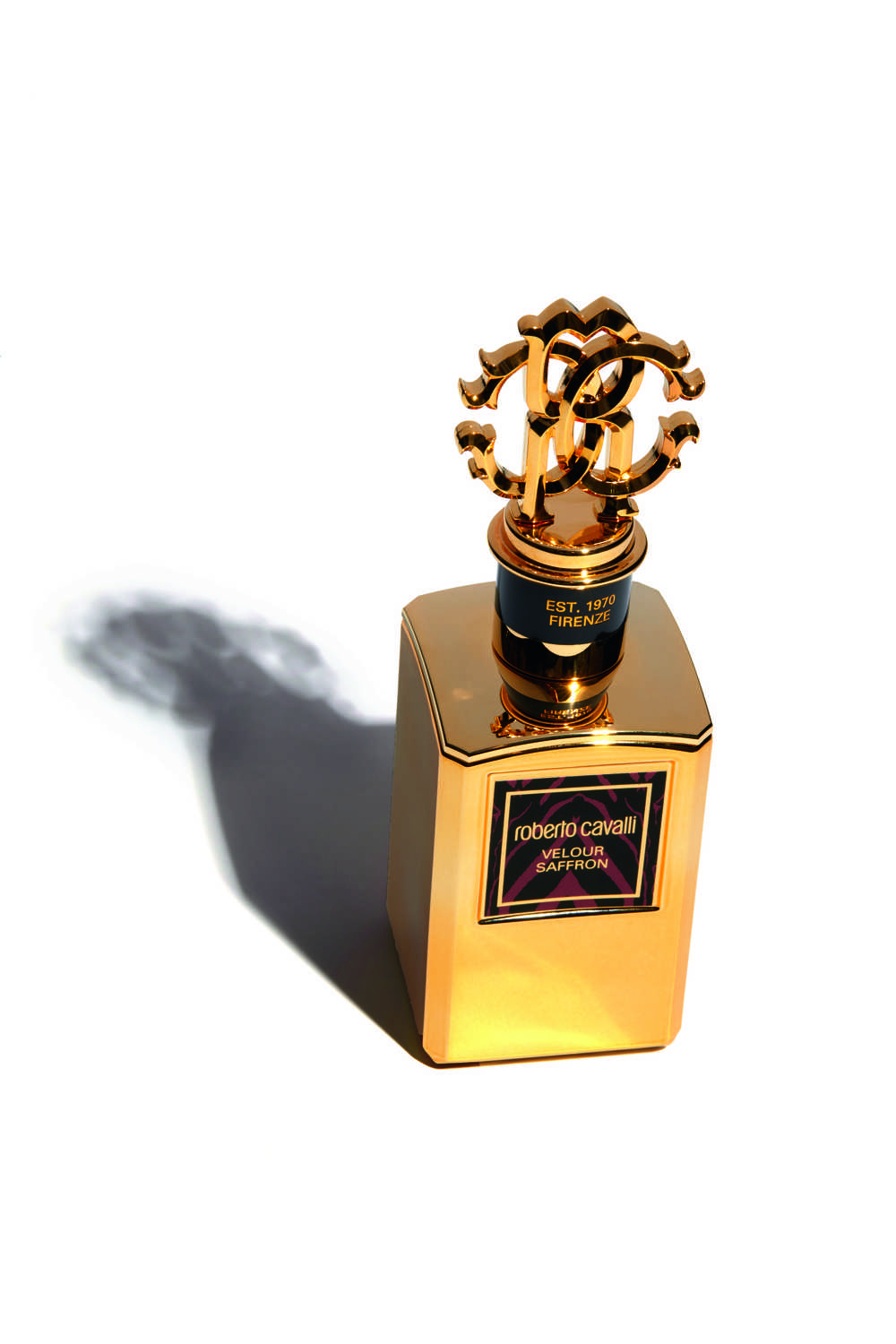
Should you wish to try this experiment yourself, Jezler explains why it works. “Our sense of smell plays a critical role in forming attraction. It’s linked to the genes responsible for our immune system.
We will find people attractive who have a complementary immune system to ours. This is biological, so we can form the healthiest and most resilient offspring.” She also points out, “When women are taking the contraceptive pill, their scent and their ability to smell their ideal complementary partner also changes.”
FOLLOW THE FRAGRANCE TRAIL
“Technology, in my view, will be the enabler of this kind of personalised scent journey,” predicts Jezler citing a partnership between a fragrance company and IBM Watson – which uses AI to calibrate fragrance formulas with our personal data – as an early example. “It will help us capture scent memories, build a database of the scents we like, replay them and in general, help us navigate the fragrance market as well as our own emotional worlds and memories,” she says.
For those, like me, wishing to explore their personal experience of fragrance more authentically and less algorithmically, Craven has this advice: “Make sure you please yourself. Follow your instincts. Listen to your body, not your friends. Don’t let anyone dictate to you. Be patient. Never rush. It is the adventure of a lifetime. Let your imagination run free. Begin by ruminating on the smells that you love; the fragrances that intrigue you; or the smells you would like to discover. Think of woods, flowers, leaves, fruits, people, memories, school days, smells that are gone.” The perfume archivist notes, “At this stage don’t analyse or agonise: just meditate on what might take your fancy. Then go try, see what happens, try again, taking pleasure in piecing the whole tapestry together.”
Verbeek encourages me to take one step further: “Do a smell walk. Go out, pay attention to the smells. Ask yourself, ‘How do I feel right now? Maybe it has to do something with the smell instead of what I see?’ Smell, even when you’re not into perfumery, always influences you all the time but subconsciously, silently. When you go out in the streets or you visit somewhere with a familiar smell and you think, ‘Ah I feel at home,’ and maybe you believe, ‘I feel so comfortable here because it looks so beautiful,’ but in fact, subconsciously it’s the smell making you feel a certain way.”
The sensory art historian suggests, “Remember the essential turning points in your life, or places you’ve lived, and think of which smell characterised that transition or period. Don’t just think about those smells, try to get those smells. Reacquaint yourself with them because it’s a different part of your brain that starts working. It’s the limbic system. It’s our reptilian brain. It just opens drawers that you cannot open with language or conscious thinking.”
Meanwhile, Ueda’s method is far simpler. “Come to Japan. Then you can appreciate being yourself.” Until then, I find myself clutching a handful of freshly cut lemongrass to honour my ancestors – stalks crushed to release their essential oils – while drawing a bath in the Dubai desert, about to embark on an olfactory experience that’s entirely my own. Yet now I’ve learned that these elixirs have the potential to become both mating calls and cloaks of invisibility, and uncovered startling cultural complexities along the way, it occurs to me that perhaps starting a lifelong romance with perfume is not my path? And maybe I’m not seeking a scent in search of myself after all, but in fact to reawaken my sense of smell as a desire to connect more deeply to the universe.



